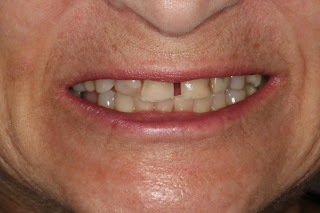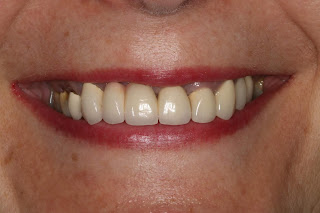 |
You are likely hearing more about Obstructive Sleep Apnea (OSA) as it is becoming more common and thanks to an increase in practitioners who are able to assist in the diagnosis. OSA can most easily be explained as the complete or partial obstruction of the upper airway during sleep, leading to decreased breathing or episodes of no breathing at all. This happens because muscle tissues around the throat relax during sleep, covering the airway.
Who is likely to get it?
Research has shown that OSA is more likely to affect men than women. More specifically, there is a higher risk for men who are overweight and middle aged or older. Regardless of age and gender, OSA prevalence is likely going to keep rising because of the increase in overweight individuals in affluent societies. The prevalence of OSA also depends on different facial structure, tongue volume and total upper airway soft tissue volume. It is not surprising for children to develop OSA symptoms due to anatomical features. At times, children are already at high risk before they have the chance to grow out of the symptoms.
Negative effects
OSA is not something that leads to immediate death, but it does have many ugly side effects. From a health standpoint, OSA increases the chance of high blood pressure and sudden heart attacks or strokes. It also leads to a pretty serious condition called hypoxia, which is a loss of oxygen supply to body tissues. From a functioning standpoint, those affected by OSA often have daytime fatigue, increasing comprehension issues, and an overall lower quality of life. Relationships with a bed partner also tend to be poorer due to loud snoring at night and/or gasping related to the closing and opening of the airways. Luckily, it's often our bed partners who notice the issue may be more than just snoring and alert us to seek an evaluation. Another issue worth addressing is the increase in chances of car accidents by people with OSA. In Ontario, for example, the law requires all physicians to report patients who may be unfit to drive a vehicle due to medical reasons. If an individual is reported to have a clinical condition that is not under control, the Ministry of Transportation has the right to suspend the driver's license.
Diagnosis
Most people with OSA symptoms are referred by a doctor to do a polysomnogram for further evaluation. A Polysomnogram, also called an overnight sleep test, is a very effective way to detect OSA. Overnight sleep tests are done at sleep clinics where licensed technicians monitor patients' heart rate, lungs, brain activity, blood oxygen levels, breathing patterns, and sleeping patterns throughout the whole night. Patients can also choose to do the sleep test at home for a cost if they don't want to go to OHIP covered sleep clinics. By the end of the test, an Apnea-Hypopnea Index (AHI) is shown to represent the number of apnea and hypopnea events per hour. An AHI lower than 5 indicates no OSA. AHI between 5 - 14 indicates mild OSA, 15 - 29 indicates moderate OSA and anything higher than 30 indicates severe OSA.
Treatment options
Luckily, there are quite a few treatment options out there. For a more conservative option, patients can benefit from lifestyle changes such as weight loss and quitting smoking. Patients can consider using a CPAP machine that constantly keeps the airway open by blowing air through the passage. While CPAP is the golden treatment standard (especially for those with severe OSA), some people find it difficult to adapt to it.
A more adaptable option is using a dental appliance. These simple oral appliances are designed to open the airway when worn. There is no complete way to cure OSA. The most straightforward, yet invasive option is surgery such as Tonsillectomy and Uvulopalatopharyngoplasty. Tonsillectomy is a surgical procedure to remove tonsils and Uvulopalatopharyngoplasty is a surgical procedure to remove and or remodel tissues in the throat. Both procedures are done to reduce the chances of airway blockage.
To put everything into perspective, OSA is not a disease that will kill you instantly. However, its side effects can certainly drive you closer to it. If you are presented with OSA symptoms, it is important not to put them aside. Given the many treatment options available, it is worthwhile to speak to a dental or medical professional who can assist in screening and making a diagnosis.
Click here to learn more about Dentistry on Dundas Sleep Apnea treatment options.





























